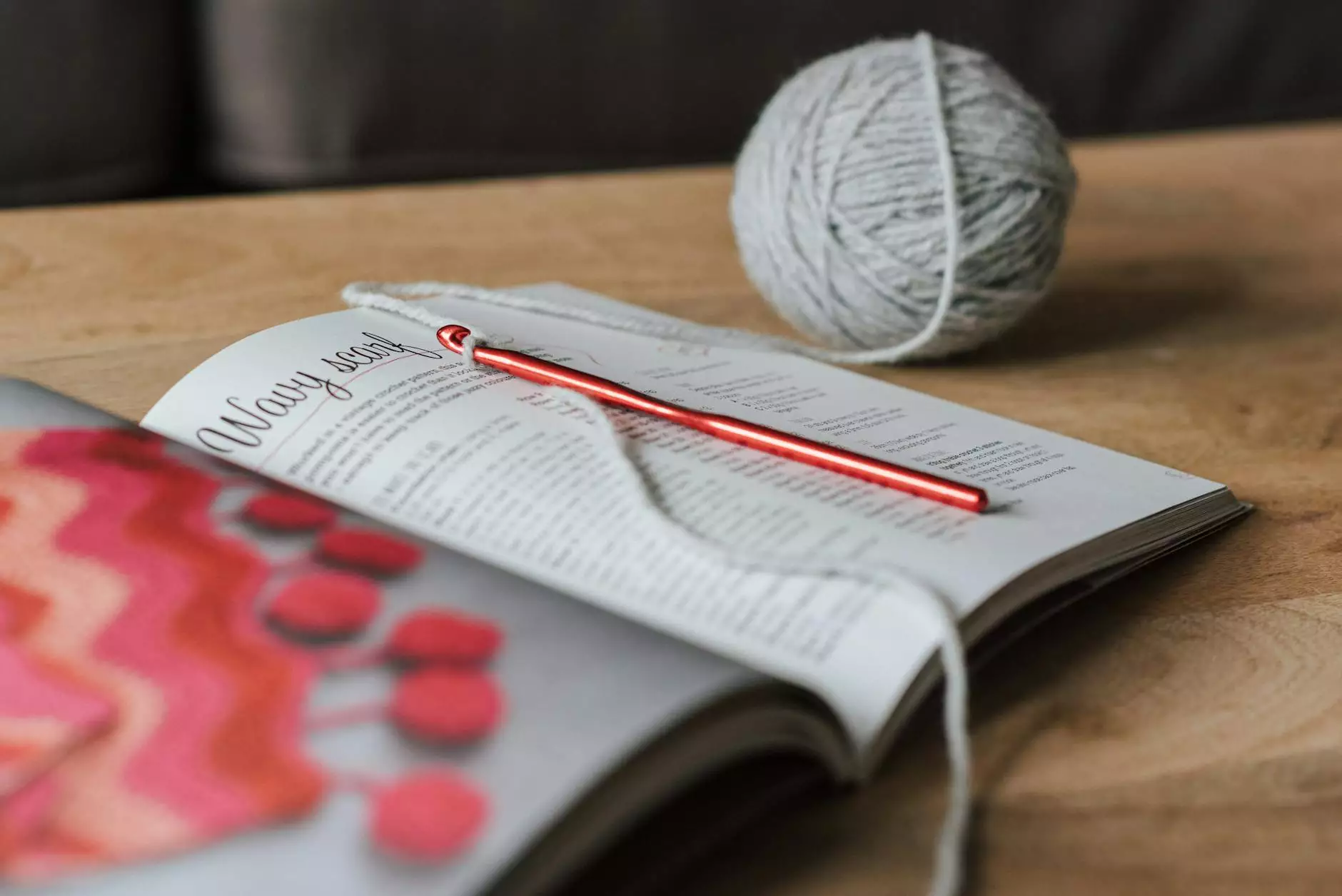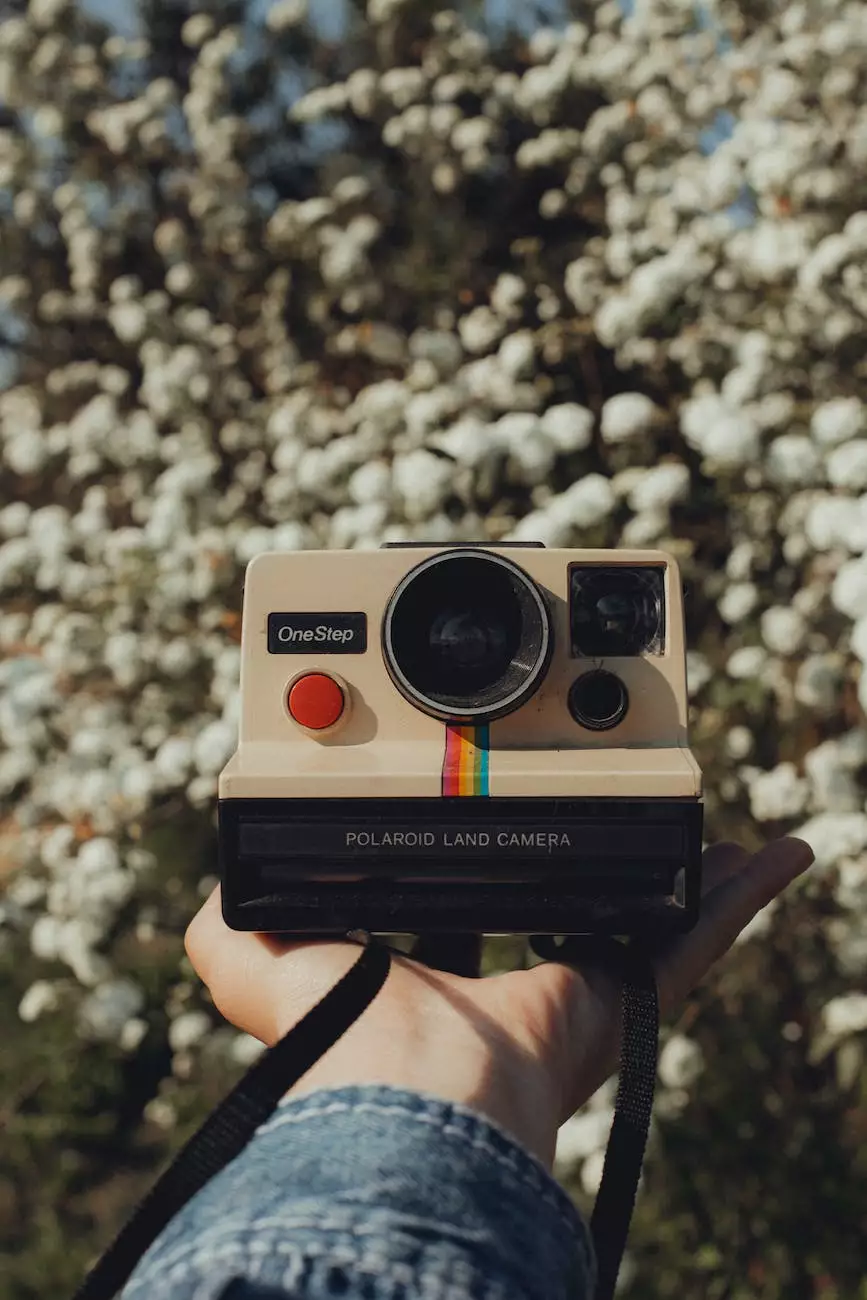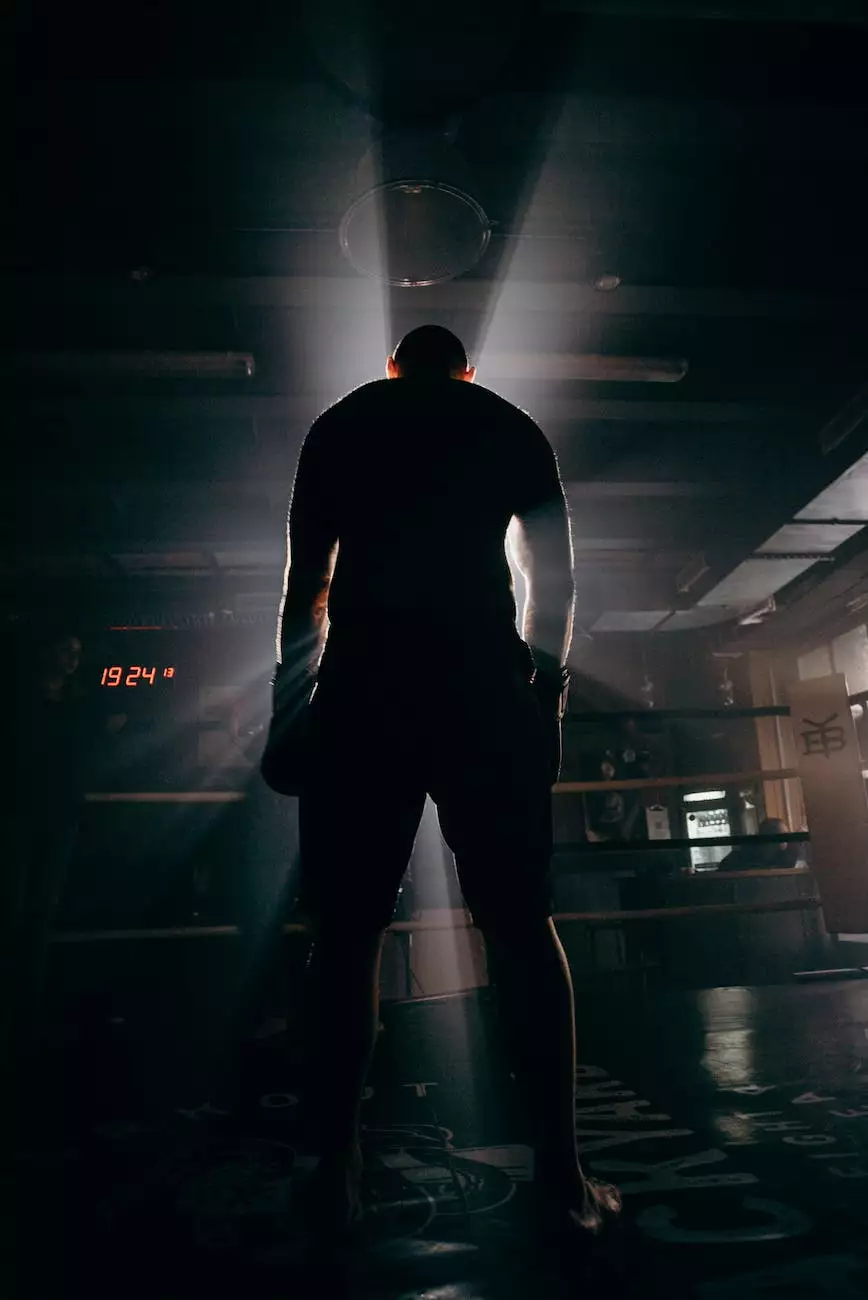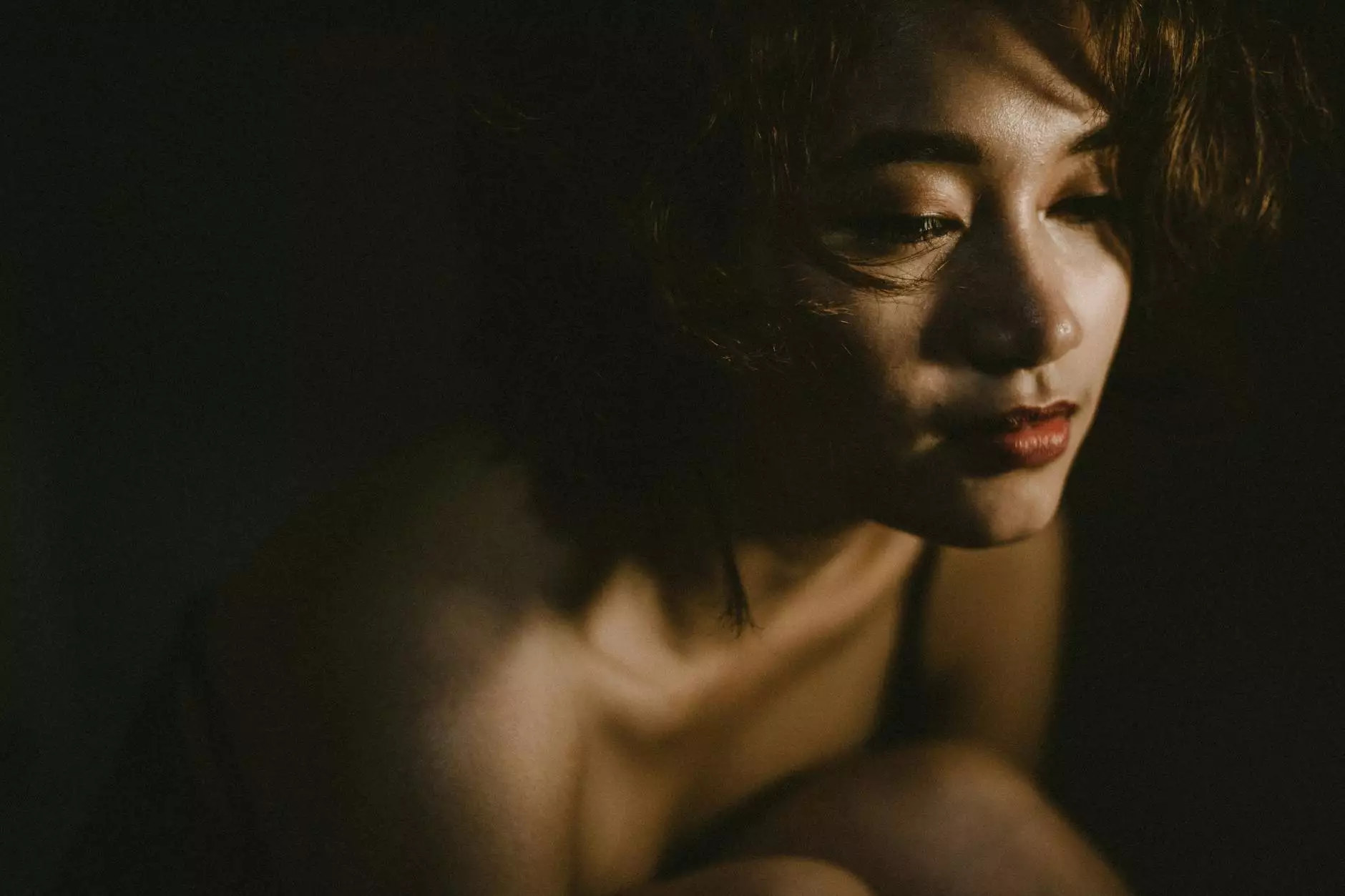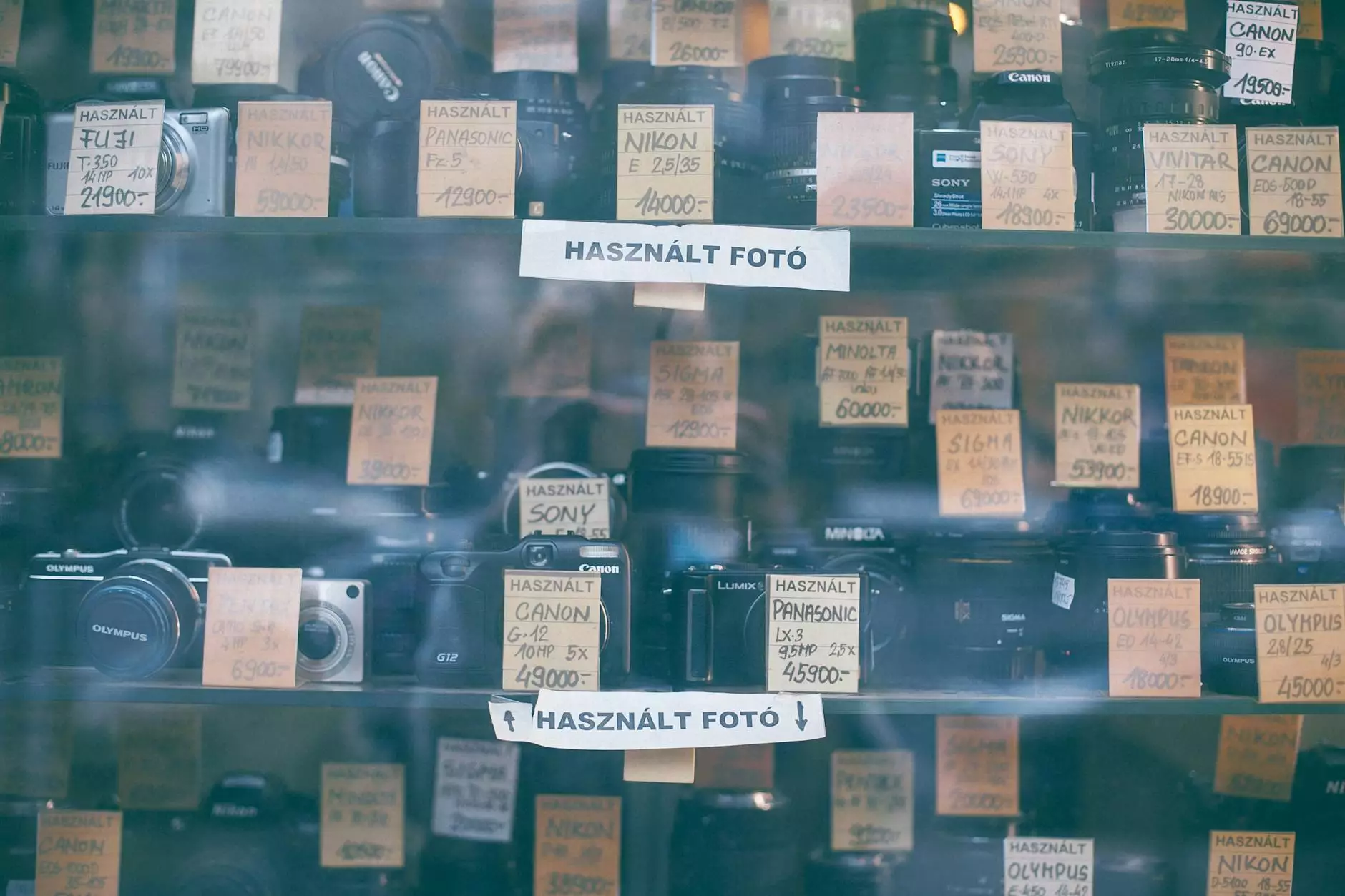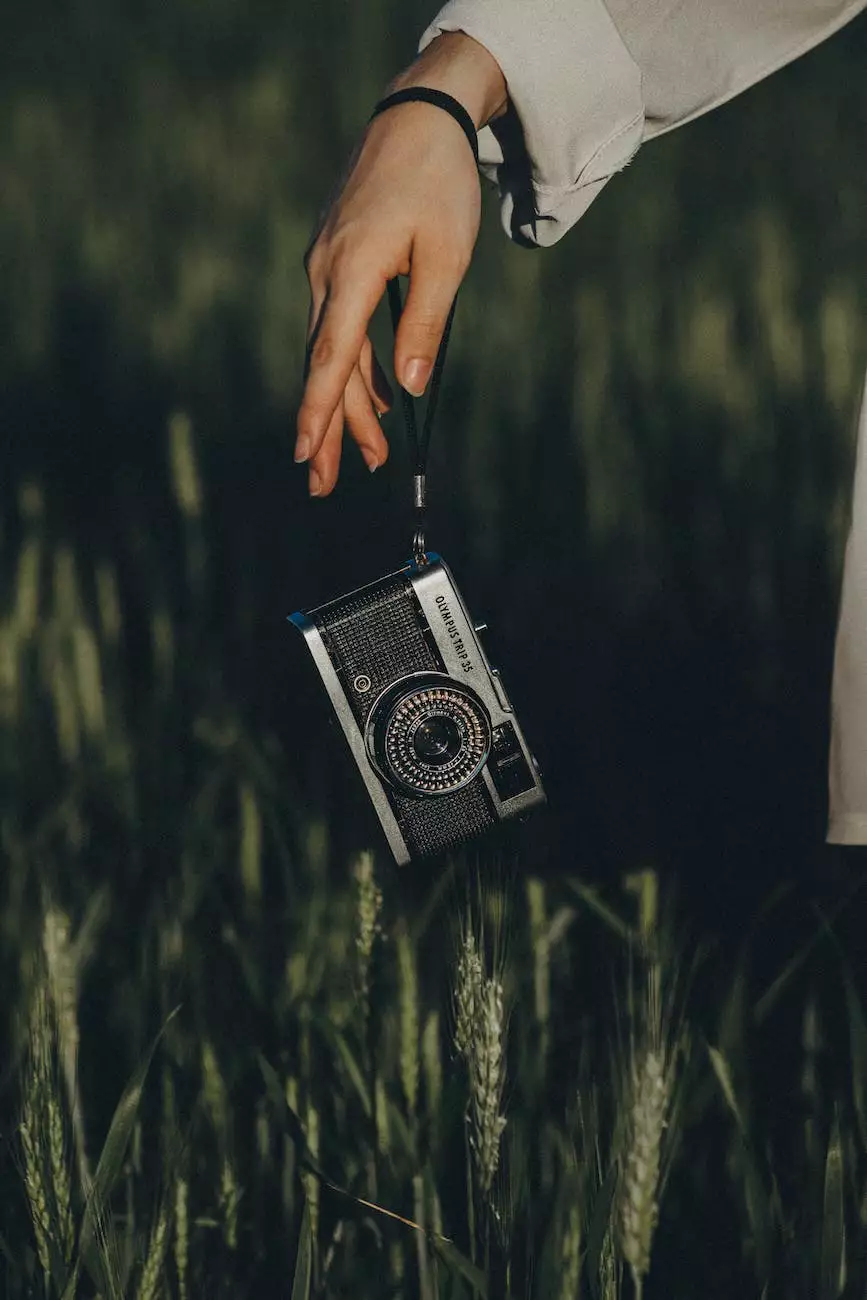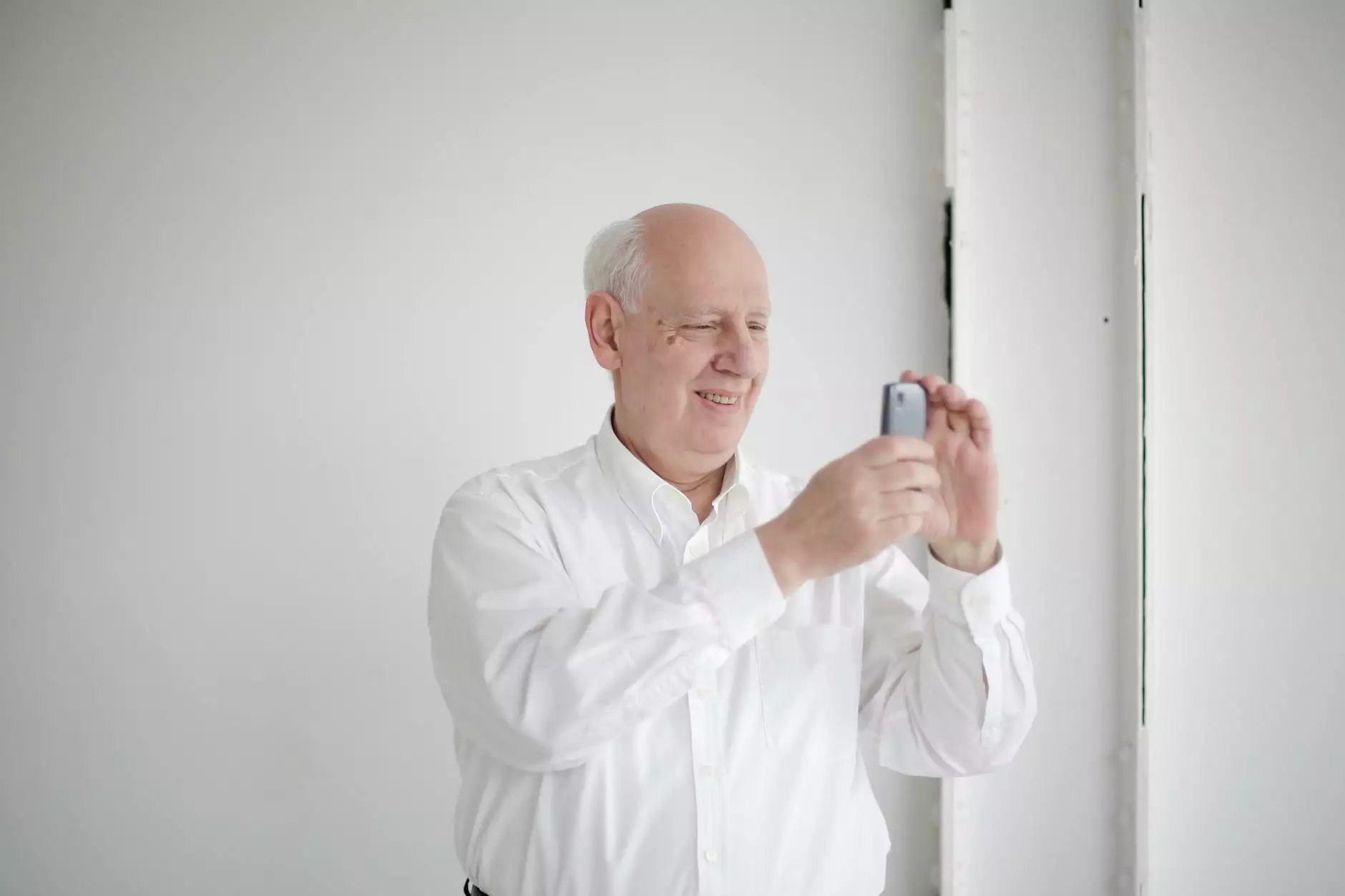WHAT IS STORYBOARDING?

Welcome to PDE Photography, your go-to resource for all things related to arts and entertainment, specifically in the field of visual arts and design. In this article, we will provide you with a comprehensive guide to storyboarding, a technique widely used in the film, animation, and advertising industries.
The Importance of Storyboarding
Storyboarding serves as a crucial step in the creative process of any visual project. It allows artists, filmmakers, and designers to visually plan and organize their ideas before executing them. By visually mapping out scenes, shots, and transitions, storyboarding brings clarity and efficiency to the production process.
Key Elements of a Storyboard
A typical storyboard consists of a sequence of panels that depict each major scene or shot in a visual project. Each panel is accompanied by textual descriptions, dialogues, and camera directions to guide the production team. The key elements of a storyboard include:
- Visual representation of scenes and shots
- Description of actions and movements
- Placement of characters and objects
- Textual cues for dialogues and sound effects
- Camera angles, movements, and transitions
Storyboarding Techniques and Tips
Mastering the art of storyboarding requires creativity and attention to detail. Here are some techniques and tips to help you become a proficient storyboard artist:
- Visual Storytelling: Explore different visual styles and techniques to effectively communicate your story.
- Composition: Pay attention to the placement of characters, objects, and background elements within each frame to create compelling visuals.
- Pacing and Timing: Use panel sizes, camera angles, and shot durations to control the flow and rhythm of your narrative.
- Storyboard Software: Utilize digital tools and software to streamline your workflow and collaborate with the production team.
- Feedback and Revision: Seek feedback from peers and clients to refine your storyboard and make necessary improvements.
Examples of Storyboarding in Action
To further understand the power of storyboarding, let's explore some real-world examples of its application:
1. Film Production
In the world of film, storyboarding plays a vital role in pre-production. It allows directors and cinematographers to plan camera movements, lighting setups, and actor positions. By storyboarding key scenes, filmmakers can communicate their vision to the entire production team.
2. Animation
Animating sequences often involve complex movements and visual effects. Storyboarding helps animators plan out the timing, character actions, and transitions frame-by-frame. A well-executed storyboard ensures a smooth and coherent animation process.
3. Advertising
Storyboarding is prevalent in the advertising industry, where visual storytelling is key to capturing the audience's attention. Advertisers use storyboards to illustrate the flow of a commercial, showcase product placement, and convey the intended emotional impact.
Start Storyboarding Today!
Whether you are an aspiring filmmaker, animator, or designer, mastering the art of storyboarding is essential. Start by practicing your drawing skills, exploring different storytelling techniques, and studying successful examples from professionals in the industry. With dedication and creativity, you can become a skilled storyboard artist.
Thank you for choosing PDE Photography as your guide to the world of storyboarding. Feel free to explore our other resources and articles to further enhance your knowledge in arts and entertainment.

